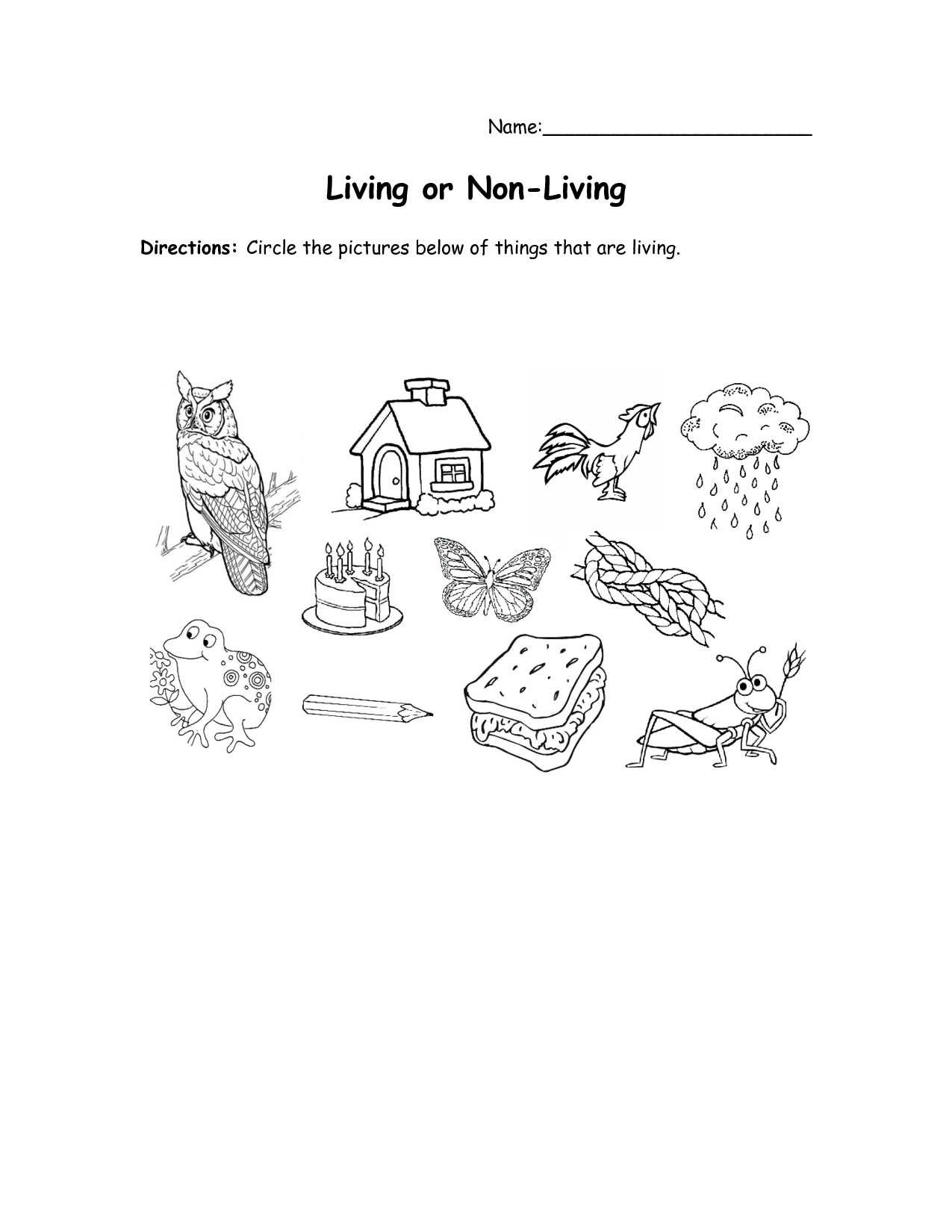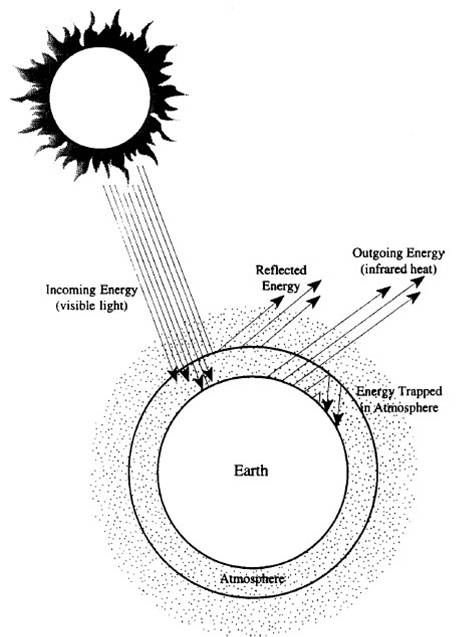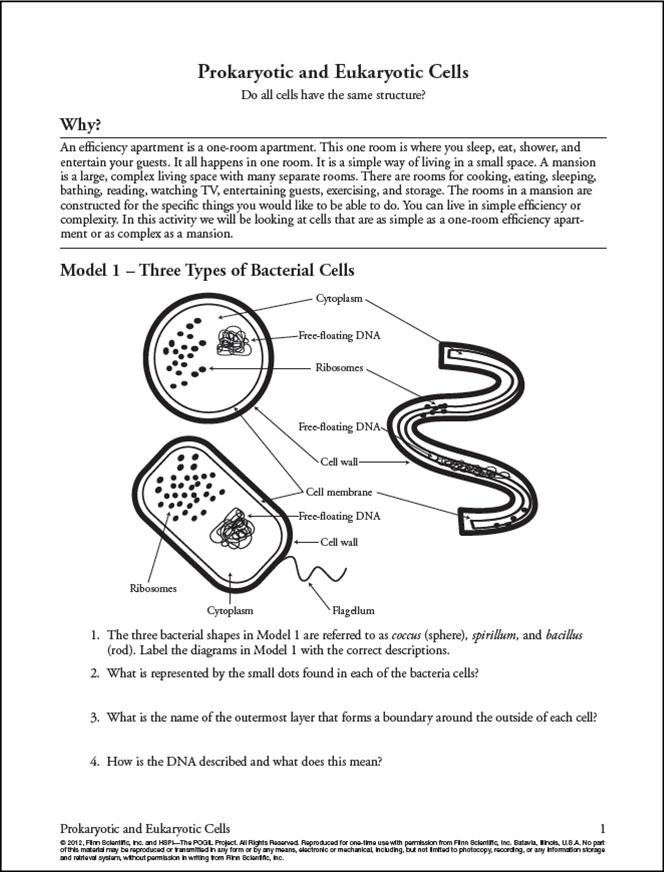Living in Space Worksheet
Are you interested in learning more about life in outer space? If so, you've come to the right place! Our Living in Space Worksheet is designed to provide you with engaging and educational activities that explore the fascinating world of space exploration. By focusing on various entities and subjects related to living in space, this worksheet is suitable for students and space enthusiasts of all ages who are eager to expand their knowledge and understanding of what it takes to reside beyond the Earth's atmosphere.
Table of Images 👆
More Other Worksheets
Kindergarten Worksheet My RoomSpanish Verb Worksheets
Cooking Vocabulary Worksheet
DNA Code Worksheet
Meiosis Worksheet Answer Key
Art Handouts and Worksheets
7 Elements of Art Worksheets
All Amendment Worksheet
Symmetry Art Worksheets
Daily Meal Planning Worksheet
What is the purpose of the International Space Station (ISS)?
The purpose of the International Space Station (ISS) is to serve as a unique laboratory for scientific research in the microgravity environment of space, allowing scientists from around the world to conduct experiments that would not be possible on Earth. Additionally, the ISS also serves as a testing ground for technologies and systems that are crucial for future long-duration space missions, such as those to Mars. Collaboration among multiple countries on the ISS promotes international cooperation in space exploration and fosters advancements in scientific understanding and technological innovation.
How long does it take to travel to the ISS from Earth?
It takes about 6 hours for a spacecraft to travel from Earth to the International Space Station (ISS) under optimal conditions.
What challenges do astronauts face in a microgravity environment?
Astronauts face several challenges in a microgravity environment, such as muscle and bone loss due to lack of resistance exercise, fluid distribution changes leading to a higher fluid volume in the upper body and face, difficulty with orientation and balance, weakened immune system, and psychological impacts like space motion sickness and feelings of isolation. Adaptations like exercise regimes, special equipment, and psychological support are necessary to mitigate these effects during space missions.
How do astronauts stay physically fit in space?
Astronauts stay physically fit in space by exercising regularly using specially designed equipment. This includes treadmills, stationary bicycles, and resistance machines that help maintain muscle strength and bone density in the microgravity environment. The exercise routines are carefully planned and monitored by fitness trainers on the ground to ensure that astronauts stay healthy and strong during their missions in space.
How do astronauts cope with isolation and confinement during long-duration space missions?
Astronauts cope with isolation and confinement during long-duration space missions through various strategies including regular communication with mission control and loved ones, maintaining a routine schedule, engaging in physical exercise, participating in recreational activities like watching movies or reading books, and relying on peer support from their crewmates to create a sense of camaraderie and teamwork. Additionally, they receive extensive training on psychological preparation and stress management techniques to help them cope with the challenges of living and working in a confined and isolated environment for extended periods of time.
What types of experiments are conducted in space that cannot be done on Earth?
Experiments conducted in space that cannot be done on Earth include studies on the effects of microgravity on biological processes such as cell growth and development, as well as material behavior such as crystal growth and fluid dynamics. Other experiments involve testing new technologies and equipment in the space environment, studying cosmic phenomena such as radiation and cosmic rays, and investigating the behavior of flames and combustion in zero gravity. Additionally, astronauts conduct experiments on their own physiology to understand the long-term effects of space travel on the human body.
How is waste management addressed in space?
Waste management in space involves various strategies to minimize and handle waste produced by astronauts and spacecraft. This includes recycling as much as possible, such as turning water and waste materials into usable resources. Waste that cannot be recycled is typically compressed or stored for disposal upon returning to Earth, or some spacecraft may burn waste through incineration. In the International Space Station, for example, waste is periodically loaded into cargo spacecraft and sent back to Earth to burn up upon reentry in the atmosphere. Efficient waste management is essential for long-duration space missions to ensure the health and safety of astronauts and to minimize environmental impact.
What measures are taken to protect astronauts from the harsh space radiation?
To protect astronauts from harsh space radiation, spacecraft and spacesuits are designed with shielding materials such as lead or polyethylene to absorb or deflect radiation. Additionally, astronauts are monitored for radiation exposure limits, and mission schedules are planned to minimize exposure during high radiation events. Education and training on radiation health risks, as well as advancements in medical monitoring and countermeasures, also play a crucial role in protecting astronauts during space missions.
How does the lack of gravity affect the human body and overall health in space?
The lack of gravity in space causes several changes in the human body, including muscle atrophy, bone density loss, fluid shift towards the head, weakened immune system, and altered cardiovascular function. These effects can lead to decreased muscle strength, bone weakening, vision impairment, balance issues, and reduced overall physical fitness. Additionally, prolonged exposure to microgravity can increase the risk of health problems such as cardiovascular disease and osteoporosis. To counteract these effects, astronauts engage in exercise routines, use specialized equipment, and receive regular medical monitoring while in space.
What type of training and qualifications are required to become an astronaut?
To become an astronaut, candidates typically need a relevant bachelor's degree in a field like engineering, biological science, physical science, or mathematics, along with advanced degrees such as a master's or doctoral degree. Additionally, candidates also need relevant work experience in their field, as well as excellent physical fitness and health. Selected candidates then undergo rigorous training programs provided by space agencies, which cover a wide range of topics such as spacewalks, robotics operations, spacecraft systems, and survival training. Having experience as a pilot or in extreme environments like deep-sea diving can also be beneficial.
Have something to share?
Who is Worksheeto?
At Worksheeto, we are committed to delivering an extensive and varied portfolio of superior quality worksheets, designed to address the educational demands of students, educators, and parents.
























Comments